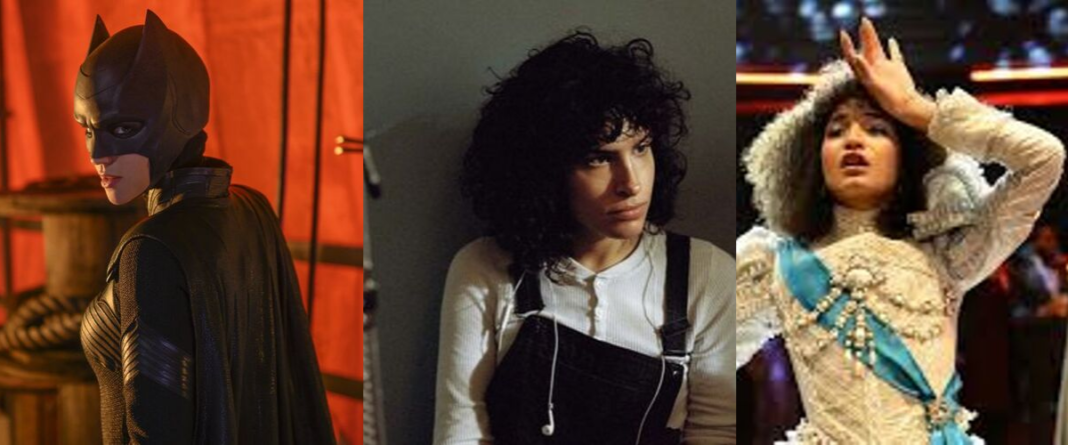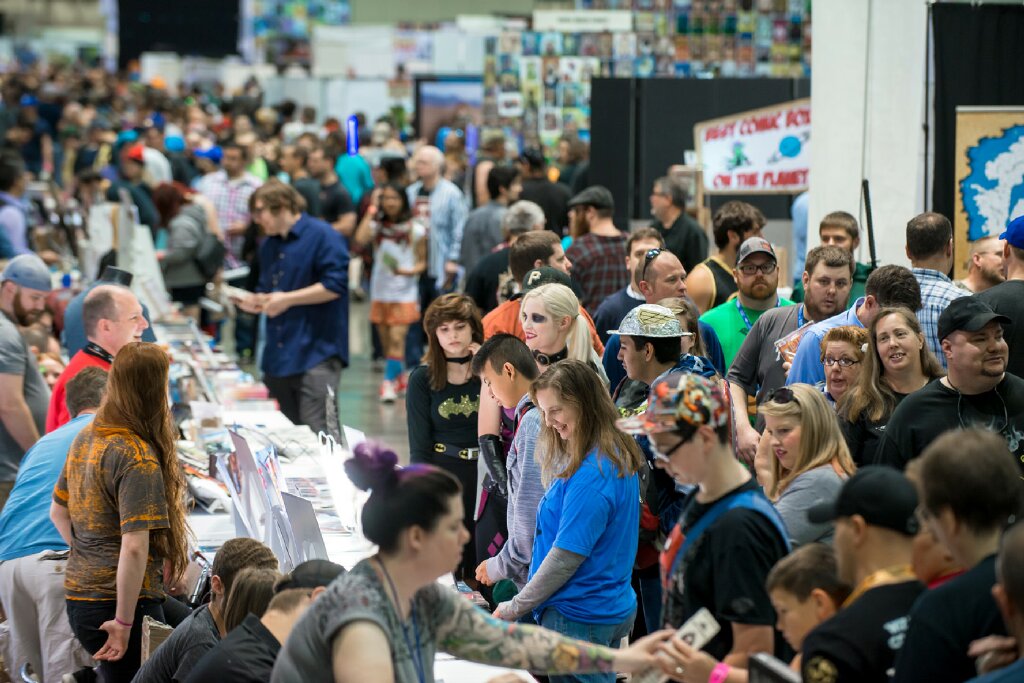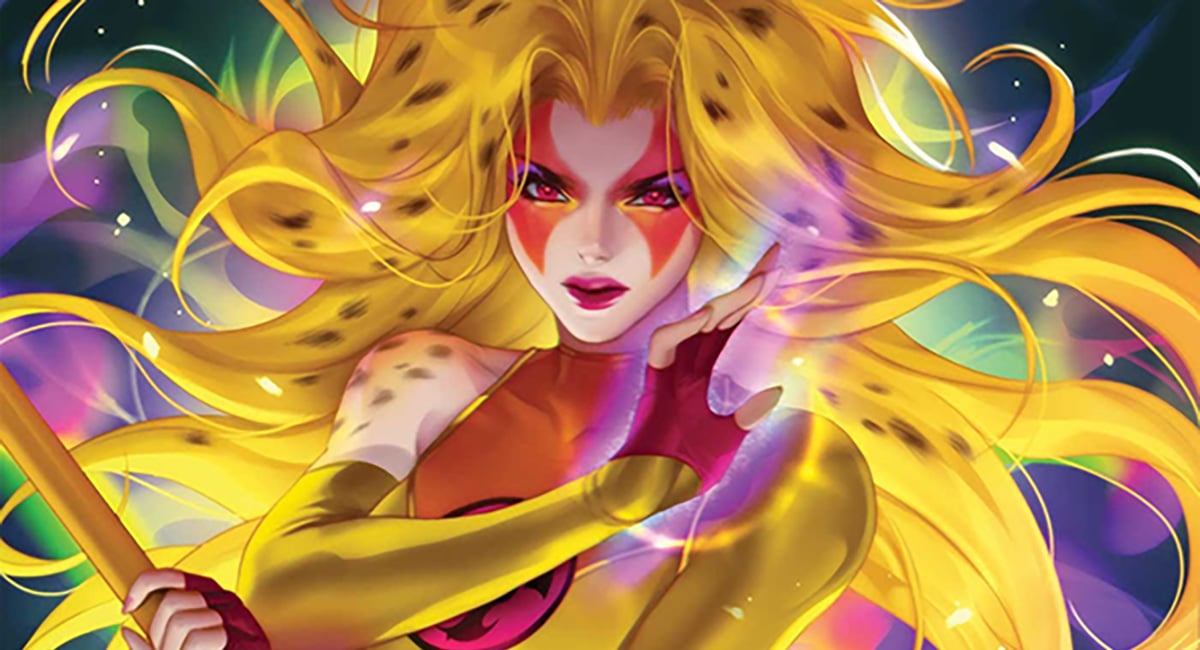By Amanda Steele
The New York TimesOUT panel at NYCC, hosted by The New York Times, was held on Saturday at 5:15 and featured panelists who are LGBTQ themselves and have contributed to media and pop culture in a variety of ways.
LGBTQ representation in media and pop culture, both in stories themselves as well as creators of media, is becoming more and more normalized. While there is more representation and more space for LGBTQ people in pop culture, there is still room for growth. Finding community and promoting LGBTQ voices in all areas of media is essential.
The moderator for the panel was Jude Bernsdorfer who is the production editor for the New York Times Book Review. The panelists were: the Amazing Race’s Andrew Shayde, Founder of the Trans In the Wild community Cyrus Golestan WNYC Editor Jennifer Vanasco, Rosé a drag artist in NYC seen recently America’s Got Talent, and Brooklyn-based writer, television critic, and comedian Kayla Kumari Upahdhyaya.
This panel did a good job of giving each panelist the opportunity to talk about their area of expertise and their experiences. To start with, Rosé talked about getting into drag and how, “as a drag artist, I do feel a sense of not only power, but sometimes it’s like I activated my super powers by choosing my career choice in drag.”
Golestan also had the opportunity to talk about his activist work with Trans in the Wild which seeks to provide meet-up groups for LGBTQ people as well as allyship trainings about trans and non-binary concerns.
As far as queer media is concerned, Upahdhyaya, as a writer for entertainment media for many sites, talked about how queer representation in media has been getting better recently, “I felt for so long like I was grasping at scraps…this past year has been great for queer women and trans women on television.”
The discussions on this panel dealt with many intersections of identity as well as touched on many current social issues for LGBTQ people. Vanasco talked about journalism and how journalists cover queer issues and where media needs to do better. She said, “there’s still a lot of things that none of us are doing very well…still a lot of assumptions and stereotypes. There isn’t enough lesbian representation, and the media struggles with how to cover trans and non-binary people in a fair way. They are too often covered as celebrities or as victims, and we need to be covering people as people.”
Another major point of New York TimesOUT conversation was talking about the different and varying identities within the community and how this can often cause contention. Panelists were asked to talk about ways that the queer community can find common ground and avoid in-fighting.
Shayde responded “we will never all agree on anything, we will always have different opinions.” He noted that while we are not a monolith and that, “we all need to get our stories out there.”
Golestan added to this conversation saying that, “we go to war with each other, and I understand that because we all are dealing with personal traumas with our identities and bringing a lot of trauma to the table. We have to figure out a way to validate our own identifies and individuality while uplifting everyone else’s.”
Getting back to LGBTQ issues in pop culture and entertainment, Upahdhyaya talked about how many remakes there are these days and how this can be positive for queer people because “a lot of the remakes are more queer and more diverse.”
Panelists on The New York TimesOUT panel also talked about some current and upcoming queer-centered series to look out for including Batwoman, Pose, and Hulu’s The Bisexual.








Comments are closed.